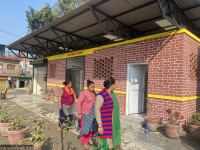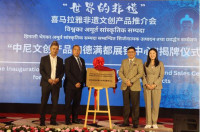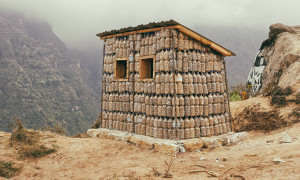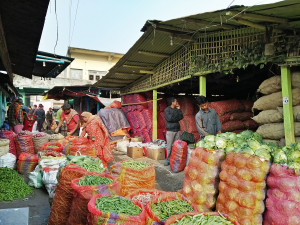Money
World Bank projects economic growth for the next fiscal year at 6.5pc
While the World Bank’s projection is lower, if achieved, it will mark the fourth consecutive year of growth over 6 percent.
Rajesh Khanal
The World Bank has projected Nepal’s economic growth to expand by 6.5 percent in the upcoming fiscal year, a much more cautious figure than the ambitious 8.5 percent target set by the government. While the World Bank’s projection is lower, if achieved, it will mark the fourth consecutive year of growth over 6 percent.
The multilateral lending agency, which unveiled the Nepal Development Update on Thursday, said that Nepal’s service sector, particularly hospitality businesses, is expected to expand, especially given the Visit Nepal 2020 campaign that aims to host two million tourists. However, to meet the two million target, tourist arrivals will have to grow at a staggering 65 percent from 2018’s arrivals. According to the World Bank, the construction of big hotels and the completion of the Gautam Buddha International Airport in Bhairahawa would contribute significantly to Nepal’s GDP growth rate.
Similarly, the agriculture sector, which contributes nearly one-third to the economy, is also expected to grow by 4.4 percent in the next fiscal year, given a regular monsoon and improvements in agricultural inputs and irrigation.
However, the report has cautioned that risks from climate-related natural disasters are high and could impact Nepal’s growth trajectory, requiring early action to ensure that sources of growth are climate resilient. Erratic monsoons can lead to climate-related disasters such as droughts, floods, and landslides, all of which could undermine agricultural production, negatively impact infrastructure, and reverse gains in poverty reduction, the report said.
With new international job markets for Nepalis migrants opening up, migrants are increasingly using formal channels to remit money, said the report. This continued inflow of remittances will support domestic trade and private consumption. Furthermore, the structural reforms initiated by the Nepal government and the enactment of a number of laws, including the Foreign Investment and Technology Transfer Act, the Public-Private Partnership and Investment Act, and the Special Economic Zone Act will help increase private investment, ease restrictions on foreign investments, and reduce the transaction cost, according to the World Bank report.
The country’s inflation rate is expected to stand at below 5 percent despite the increase in money supply, which has grown by 18.7 percent. The increased money supply, which is one of the crucial factors to increase the consumer price index, was largely due to increased credit to the private sector.
Unveiling the report, Finance Minister Yubaraj Khatiwada said that the economy would expand as the government has adopted a number of reforms measures. “We have targeted to achieve sustainable growth and increased job opportunity,” said Khatiwada. According to him, the government has revised the tax structure by switching revenue generation to domestic production from a customs-based source to create sustainable financial resources to the government.
The World Bank’s Chief Economist for South Asia Hans Timmer said that the ever-increasing trade deficit is a big concern for Nepal. “With its small export basket, Nepal has failed to integrate itself in the global market,” he said. “An inability to create a competitive domestic market for foreign investors along with the low participation of women in the labour force are also key challenges that Nepal is facing.”
Timmer stressed on the need for effective implementation of federalism and for increased use of digital technology for the improvement of agriculture productivity and market access.
The World Bank had said that Nepal’s economy would grow by 7.1 percent in the current fiscal year, mainly driven by the service and agriculture sectors.




 11.12°C Kathmandu
11.12°C Kathmandu














